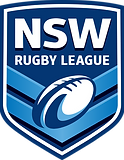TackleReady

What is TackleReady?
Why do we need TackleReady?

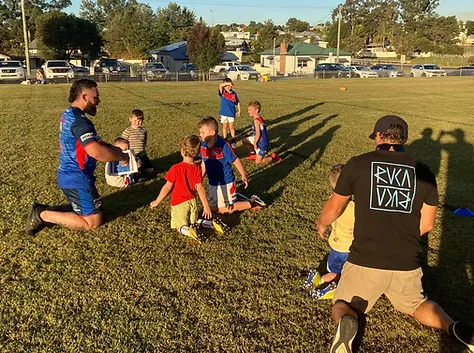
How will the TackleReady program be rolled out?
A key aspect of the program will be the mentoring and support of coaches through the aid of professional coaches including NRL employed development staff. It is envisaged early on the ground mentoring at clubs will lift the standard of coaching across the game and build retention long term.
What will my child learn during TackleReady program?
› Safe landing
› Making a tackle
› Running into a tackle
Each of these skill areas are taught using terminology and buzzwords that provide simple and effective instruction that is easy for the children to understand.
An information flyer outlining the session breakdown for the program can be downloaded here.
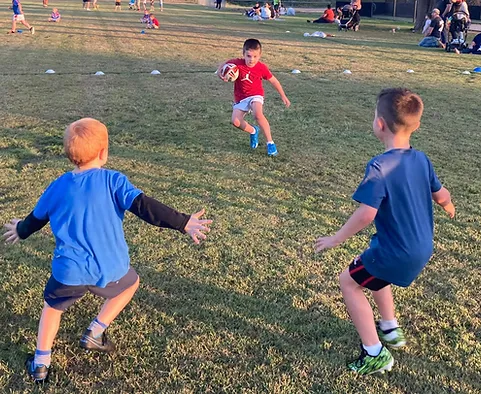
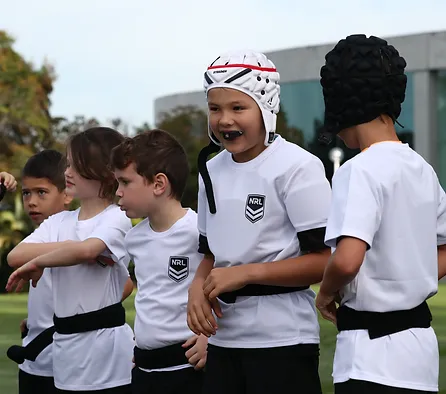
What if my child played last year and knows how to tackle?
Emphasis, repetition and reinforcement of safe tackling techniques and bracing for contact are paramount throughout a player’s rugby league journey. This builds confidence and competence which in turn helps to retain players as long term participants.
How does this affect my child’s season?
Under 7 participants will also commence their season under League Tag rules whilst they complete the TackleReady program. At its conclusion, participants will graduate in to the tackle format for the remaining weeks of the season.
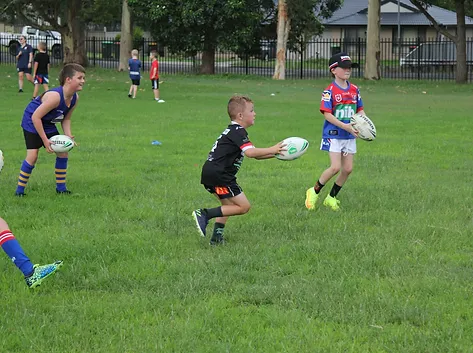
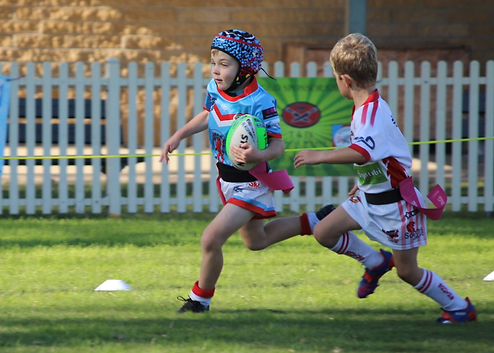
Why play Tag instead of Touch?
progress into contact versions and make a tackle. One of the most challenging yet important skills in teaching defence is keeping your eyes open and having your hands in a favourable position when effecting a tackle. Making a Tag encourages positive development of both these skills.
Are children allowed to play if they register after TackleReady has concluded?
However, based on historical registration patterns in the 4 to 7 year age groups, the timing allows effective TackleReady delivery and learning through Tag to reach approximately 98% of participants. If a coach needs assistance to nurture a new player, they can contact a deliverer or development officer post program.


Has the program been effective elsewhere?
For further information and research findings, visit the PRL TackleReady webpage.

